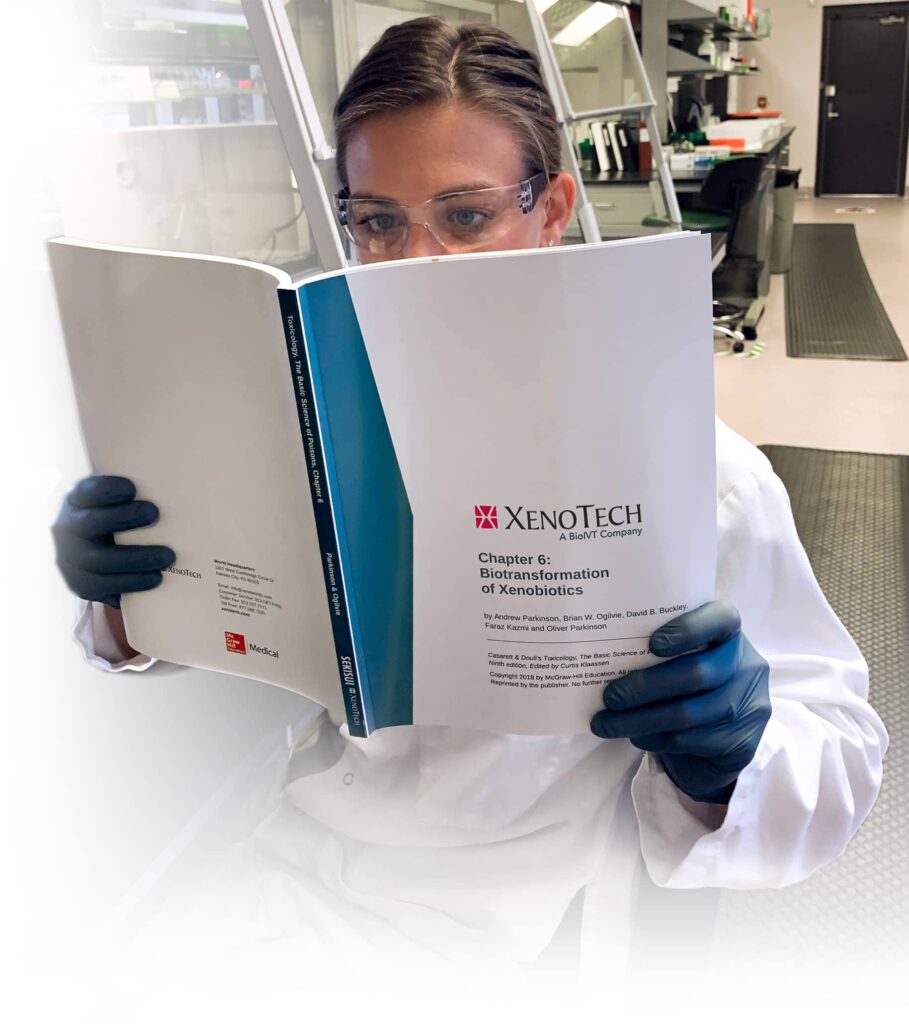
Metabolism-Dependent Inhibition of CYP3A4 by Lapatinib: Evidence for Formation of a Metabolic Intermediate Complex with a Nitroso/Oxime Metabolite Formed via a Nitrone Intermediate
Barbara JE, Kazmi F, Parkinson A, Buckley DB
Metabolism-dependent inhibition (MDI) of cytochrome P450 (P450) enzymes has the potential to cause clinically relevant drug-drug interactions. In the case of several alkylamine drugs, MDI of P450 involves formation of a metabolite that binds quasi-irreversibly to the ferrous heme iron to form a metabolic intermediate (MI) complex. The specific metabolites coordinately bound to ferrous iron and the pathways leading to MI complex formation are the subject of debate. We describe an approach combining heme iron oxidation with potassium ferricyanide and metabolite profiling to probe the mechanism of MI complex-based CYP3A4 inactivation by the secondary alkylamine drug lapatinib. Ten metabolites formed from lapatinib by CYP3A4-mediated heteroatom dealkylation, C-hydroxylation, N-oxygenation with or without further oxidation, or a combination thereof, were detected by accurate mass spectrometry. The abundance of one metabolite, the N-dealkylated nitroso/oxime lapatinib metabolite (M9), correlated directly with the prevalence or the disruption of the MI complex with CYP3A4. Nitroso/oxime metabolite formation from secondary alkylamines has been proposed to occur through two possible pathways: (1) sequential N-dealkylation, N-hydroxylation, and dehydrogenation (primary hydroxylamine pathway) or (2) N-hydroxylation with dehydrogenation to yield a nitrone followed by N-dealkylation (secondary hydroxylamine pathway). All intermediates for the secondary hydroxylamine pathway were detected but the primary N-hydroxylamine intermediate of the primary hydroxylamine pathway was not. Our findings support the mechanism of lapatinib CYP3A4 inactivation as MI complex formation with the nitroso metabolite formed through the secondary hydroxylamine and nitrone pathway, rather than by N-dealkylation to the primary amine followed by N-hydroxylation and dehydrogenation as is usually assumed.